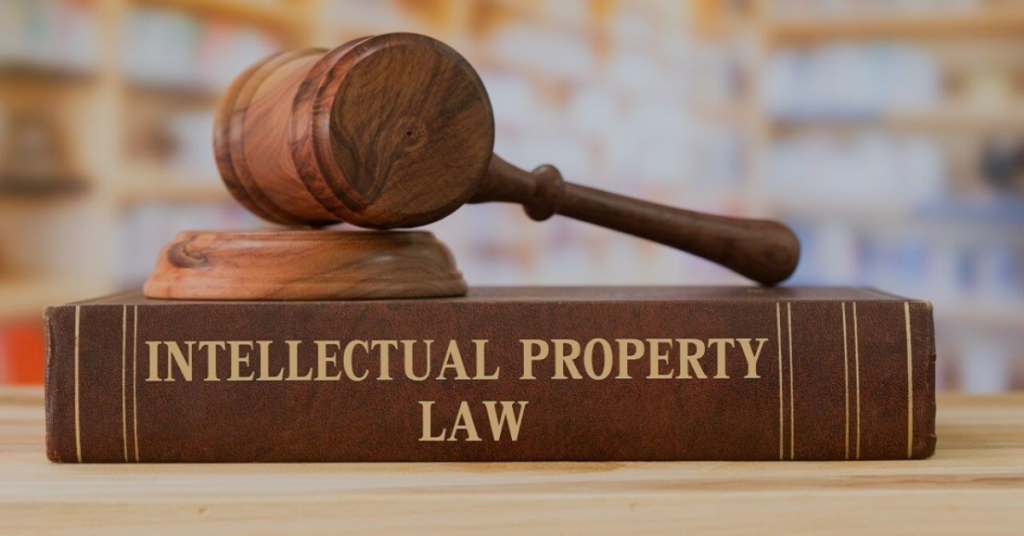Liability of Ancestral Property Under the Code of Civil Procedure (CPC) in India
The concept of ancestral property plays a significant role in Indian family law, particularly concerning inheritance and liability. Understanding the liability attached to ancestral property under the Code of Civil Procedure (CPC) is crucial for legal practitioners, individuals inheriting such property, and creditors seeking to recover debts. This article delves into the nuances of this liability, exploring the relevant sections of the CPC and related legal principles.
Defining Ancestral Property
Before examining the liability, it’s essential to define what constitutes ancestral property under Indian law. Generally, ancestral property refers to property inherited by a Hindu from his father, grandfather, or great-grandfather. This property must have remained undivided through the generations. The crucial aspect is that the inheritor doesn't receive it as a gift or through a will; it must be inherited by birthright. The concept of ancestral property applies primarily to Hindus governed by the Hindu Succession Act, 1956, but similar principles can apply in other communities under their respective personal laws. For example, certain aspects of ancestral property are also applicable to Muslims, Christians and others depending on their specific laws and customs.
The Basic Principle of Liability
The fundamental principle is that legal representatives, including those inheriting ancestral property, are liable to the extent of the assets they inherit from the deceased. This principle is codified in various sections of the CPC, particularly concerning the execution of decrees against deceased individuals. The core concept revolves around the idea that the estate of the deceased, which includes ancestral property, is liable for their debts.
Section 50 of the Code of Civil Procedure (CPC)
Section 50 of the CPC is pivotal in understanding the liability of legal representatives. It states that where a judgment debtor dies before the decree has been fully satisfied, the decree-holder may apply to the court which passed the decree to execute it against the legal representative of the deceased.
Key Aspects of Section 50:
- Execution against Legal Representatives: This section explicitly allows for the execution of a decree against the legal representatives of a deceased judgment debtor.
- Extent of Liability: The liability of the legal representative is limited to the extent of the property of the deceased that has come into their hands and has not been duly disposed of. This means the legal heir is only liable to the extent of the value of the ancestral property they inherit.
- Ascertaining the Property: The court may inquire into whether the legal representative has received any property of the deceased, and if so, the nature and value of such property.
Example:
Imagine A owes B ₹10,00,000. B obtains a decree against A. Before B can fully recover the amount, A dies, leaving ancestral property worth ₹5,00,000 to his son, C. Under Section 50, B can execute the decree against C, but C’s liability will be limited to ₹5,00,000, the value of the ancestral property he inherited. He will not be personally liable for the remaining ₹5,00,000.
Sections 52 and 53 of the Code of Civil Procedure (CPC)
Section 52 and Section 53 of the CPC provide further clarification and elaborations on the procedure and extent of liability related to ancestral property.
Section 52: Enforcement of decree against legal representative
- Section 52(1) states that where a decree is passed against a party as the legal representative of a deceased person, and the decree is for the payment of money out of the property of the deceased, it may be executed by attachment and sale of any such property.
- Section 52(2) states that if no such property remains in the possession of the judgment-debtor and he fails to satisfy the Court that he has duly applied such property of the deceased as is proved to have come into his possession, the decree may be executed against him to the extent of the property in respect of which he has failed so to satisfy the Court in the same manner as if the decree had been against him personally.
Section 53: Liability of ancestral property
- Section 53 clarifies the position of ancestral property specifically in the context of Hindu law. It states that where a decree is passed against a Hindu undivided family, it may be executed against the joint family property.
- If the decree is against the Karta (manager) of the Hindu undivided family, the property of the family is liable to be attached and sold in execution, even if other members of the family are not parties to the suit.
- The proviso to the section however, states that the interest of a coparcener in the property shall not be attached or sold unless he was a party to the suit or the debt was contracted for the benefit of the family.
Important Considerations Regarding Liability
Several factors influence the extent and nature of the liability attached to ancestral property:
-
Nature of the Debt: The nature of the debt plays a crucial role. Debts contracted by the deceased for illegal or immoral purposes may not be binding on the inheritors, even to the extent of the ancestral property. This principle is often referred to as the "doctrine of pious obligation," which has been significantly curtailed but not entirely eliminated by legislative amendments.
-
Partition of the Property: If the ancestral property has been partitioned before the death of the debtor, the liability of each inheritor will be limited to their respective share. The creditors cannot claim against the entire undivided property if a partition has already taken place.
-
Priorities of Creditors: The law recognizes priorities among creditors. Secured creditors (those with a charge or mortgage on the property) usually have a higher claim than unsecured creditors. The CPC addresses these priorities in the context of execution proceedings.
-
Bona Fide Purchasers: If the legal representatives have sold the ancestral property to a bona fide purchaser for value without notice of the debt, the property in the hands of the purchaser is generally not liable for the debts of the deceased. The creditor's remedy would then be against the legal representatives personally, to the extent of the proceeds of the sale.
Case Law and Judicial Interpretation
Numerous judicial pronouncements have shaped the understanding of liability regarding ancestral property under the CPC. Some notable principles established through case law include:
- Proof of Ancestral Nature: The burden of proving that a property is indeed ancestral lies on the party asserting it. This requires demonstrating the unbroken line of descent and the absence of any testamentary disposition or partition.
- Extent of Liability as Ascertained by the Court: The court executing the decree has the power to determine the extent of the property that has come into the hands of the legal representatives. The decree-holder must provide evidence to assist the court in making this determination.
- Doctrine of Pious Obligation: While significantly diminished by legislative amendments, the doctrine of pious obligation, which obligated Hindu sons to pay off the debts of their father, contracted for just and lawful purposes, still has some limited applicability. This obligation was traditionally linked to ancestral property, but its scope has been considerably narrowed.
Procedure for Execution Against Ancestral Property
The process for executing a decree against ancestral property typically involves the following steps:
- Application for Execution: The decree-holder files an application for execution under Section 50 of the CPC, naming the legal representatives of the deceased judgment debtor.
- Notice to Legal Representatives: The court issues a notice to the legal representatives, giving them an opportunity to be heard. They can raise objections, such as denying the ancestral nature of the property or claiming that they have not received any assets from the deceased.
- Inquiry by the Court: The court conducts an inquiry to determine the extent of the property of the deceased that has come into the hands of the legal representatives. Evidence may be presented by both the decree-holder and the legal representatives.
- Attachment and Sale: If the court determines that ancestral property is available and liable, it orders the attachment and sale of the property to satisfy the decree.
- Distribution of Proceeds: The proceeds of the sale are distributed among the creditors according to their respective priorities.
Challenges and Practical Considerations
Executing decrees against ancestral property can present several challenges:
- Difficulty in Identifying Ancestral Property: It can be difficult to trace the history of the property and establish its ancestral nature, especially in cases where records are incomplete or poorly maintained.
- Disputes Among Heirs: Disputes among the legal representatives regarding the distribution of the property or their respective liabilities can complicate the execution process.
- Valuation Issues: Determining the fair market value of the property can be challenging, particularly if the property is unique or lacks comparable sales data.
- Legal Delays: Execution proceedings can be protracted, especially if the legal representatives raise numerous objections or appeal the court's orders.
Amendments and Recent Developments
It is important to remain updated with any amendments to the CPC or related laws, as well as recent judicial pronouncements that may impact the liability of ancestral property. Legal provisions and interpretations are subject to change, and staying informed is crucial for accurate legal advice and practice.
Conclusion
The liability of ancestral property under the CPC is a complex area of law that requires careful consideration of the specific facts and circumstances of each case. While the legal representatives are liable to the extent of the ancestral property they inherit, their liability is limited and subject to various factors, including the nature of the debt, the existence of a partition, and the rights of bona fide purchasers. A thorough understanding of the relevant provisions of the CPC and the applicable case law is essential for navigating the legal complexities involved in executing decrees against ancestral property. This understanding ensures fairness and protects the interests of both creditors and legal representatives within the framework of Indian law.




